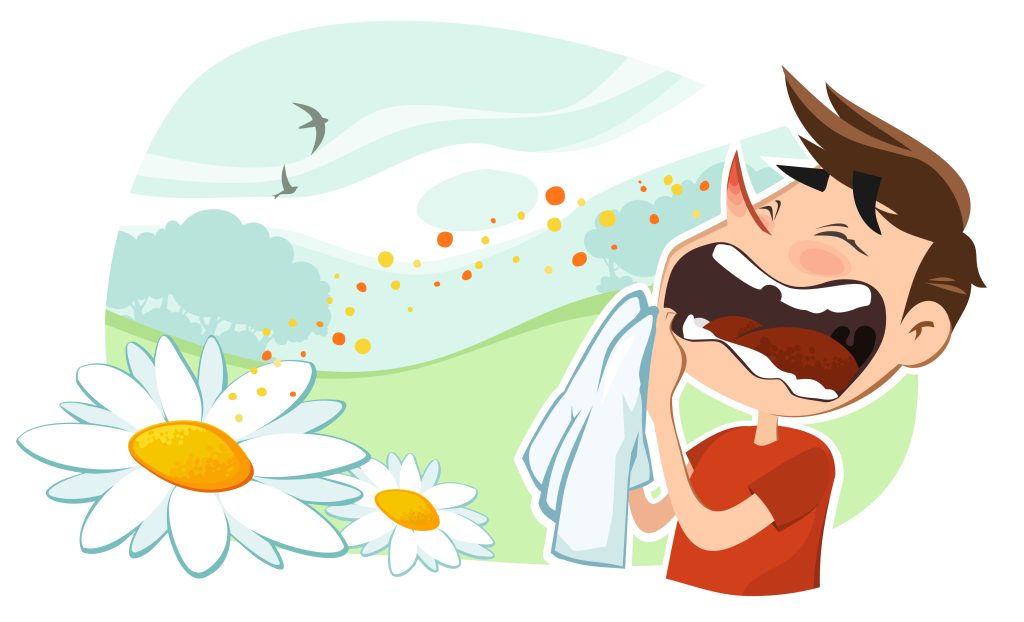
Although we typically associate allergy season with the spring, for many allergy sufferers, the fall can be just as bad. Ragweed and mold are the biggest triggers of allergies this time of year.
As we approach the peak of fall allergy season, pollen and mold spores are reaching extreme levels and rapidly spreading outside. Symptoms of fall allergies may include itchy nose, watery eyes, sneezing, runny nose, nasal congestion, headaches, ear itching or popping, and throat irritation.
Many times, people unknowingly bring these allergens into their homes, making the effects worse for everyone else in the family. Indoor air quality experts offer say the most common allergens can be alleviated by a few helpful tips.
There are two types of allergens common in the fall thatenter our homes.
Ragweed — Ragweed is the most comment fall allergen. Its pollen is very small and highly concentrated. It begins to release in late August, peaks in September, and may last until the first freeze kills the plant.
Pollen counts are highest around the plants near dawn, but they can travel hundreds of miles and releases in most other areas between 1 a.m. and 3p.m. About 75 percent of people allergic to spring plants also have reactions to ragweed.
Outdoor Mold — Mold spore counts tend to rise dramatically in the autumn season with falling leaves and dying plants.
Mold thrives in moist conditions like piles of damp leaves. Counts often jump in early autumn as leaves fall from trees but before the drier humidity conditions of winter set in. Rainy autumn and winter seasons may lead to very high outdoor mold counts that can last several days after each rainfall.
Gardening in mulch or dirt, farming or hiking in the woods can also increase exposure to mold spores this time of year.
Here are five tips to keep your home allergy-free this fall.
The First Heat – Dust mites, mold and other allergens in a home’s vents can be activated when people turn on the heat the first time in the fall. Before running the heat, get your air ducts cleaned and change the filter. The National Air Duct Cleaners Association (NADCA) suggests cleaning air ducts every 3-5 years. It is recommended to use filters with a MERV (Minimum Efficiency Reporting Value) rating between 8 and 10 and a thickness of one inch.
Keep the Outdoors Out – When coming inside, it is important to remove shoes and wipe down pets to avoid tracking in allergens. Wear a mask when raking leaves to avoid breathing mold spores and change clothes after doing yard work to prevent the spread of pollen around the house. Limit your pets’ time outside and wipe them down to remove pollen when they come indoors.
Purify the Air – Most air purifiers have HEPA filters that remove up to 99 percent of airborne allergens, including pollen, dust and pet dander and mold spores. A mid-priced model can cost $50-125, for a room-sized system. Place it in your bedroom, where you spend most of your time and can result in better sleep as well.
Close the windows – Although it may be tempting to open the window to let in some cool, “fresh” fall air, you are also inviting allergens into your home. Pollen counts are typically the highest in the mid-morning through late afternoon.
Halt the Humidity – Growth of mold indoors comes in damp areas such as basements and bathrooms. Use a dehumidifier to keep these areas dry and the humidity levels between 30 and 50 percent. Mold grows best at humidity levels of 60 percent or higher.